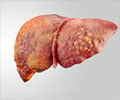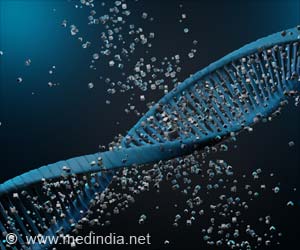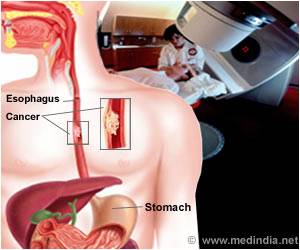A new study by researchers at the Cleveland Clinic has found that patients suffering from cirrhosis preceded by nonalcoholic steatohepatitis are at an equal risk of developing liver cancer

Over a median follow-up time of 3.2 years after cirrhosis diagnosis, the yearly cumulative incidence of HCC was 2.6 percent per year in patients with NASH-cirrhosis compared to 4.0 percent per year in those with HCV-cirrhosis.
These figures suggest that NASH carries a risk of HCC that rivals the risk in patients with HCV-cirrhosis.
Results indicate three factors that are statistically significant in the development of HCC within the NASH-cirrhosis group. An older age at time of cirrhosis diagnosis and a higher BMI were negatively associated with the development of HCC.
Among the NASH population, researchers found that patients who reported any lifetime alcohol consumption were 3.6 times more likely to develop HCC than those who had no exposure to alcohol.
"The most significant factor recognized in this study was that of alcohol intake. Our study supports emerging data that alcohol intake, even in 'social' quantities, may potentially increase the risk of HCC development in NASH- and HCV-cirrhotic patients compared with non-drinkers," said Zein.
Advertisement
Researchers at Duke University hypothesized that natural killer T (NKT) cells modulate the liver's response to damage related to fat deposition. NKT cells are specialized types of T lymphoctyes (white blood cells) that reside in healthy livers and regulate immune responses that control tissue inflammation, fibrosis, and cancer progression.
In the current study, Anna Mae Diehl and colleagues examined the possibility that excessive accumulation of NKT cells in the liver would tip the cytokine balance in the opposite direction, resulting in liver fibrosis.
Results showed that the Hedgehog (Hh) pathway became activated and NKT cells accumulated excessively in the livers of wild type mice that developed NASH-related liver fibrosis.
"Hh pathway activation leads to hepatic enrichment with NKT cells that contribute to fibrosis progression in NASH. Our study proves that activation of liver NKT cells generates soluble factors that promote fibrogenesis via a mechanism involving myofibroblastic activation of hepatic stellate cells.
Because these results identify novel immune-mediated mechanisms that contribute to fibrosis progression in NASH, the findings have potential clinical implications for one of the most common types of chronic liver injury," Diehl said.
The results of the study appear in the June issue of Hepatology.
Source-ANI
RAS














